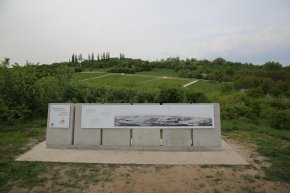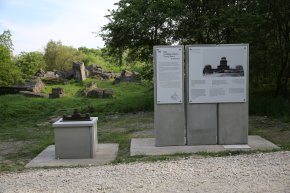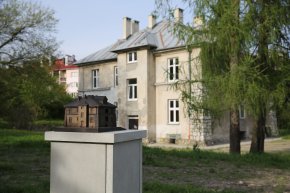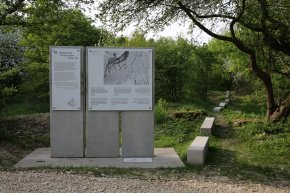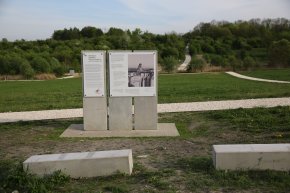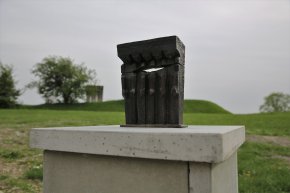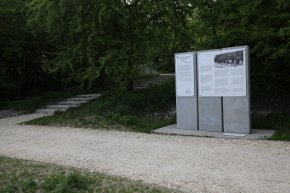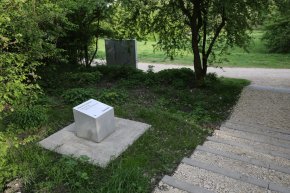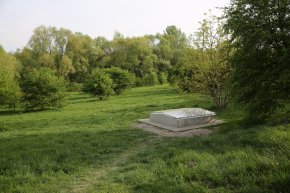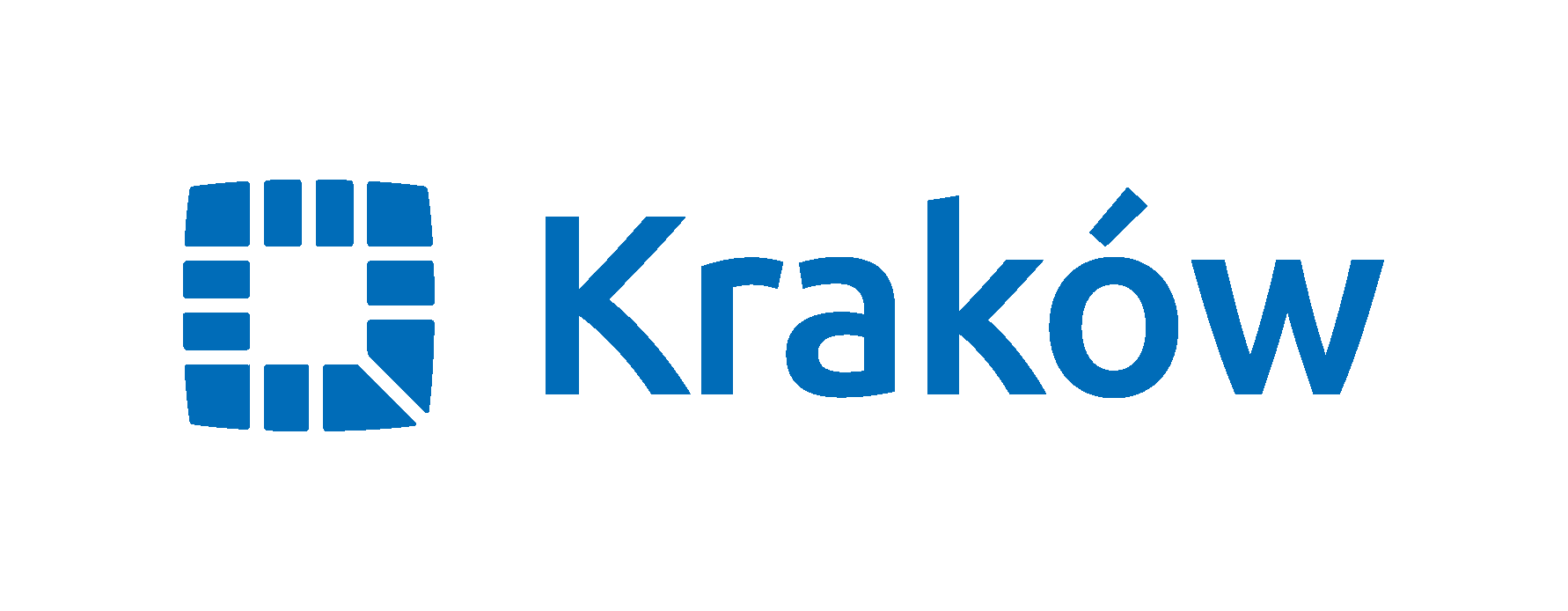PERMANENT
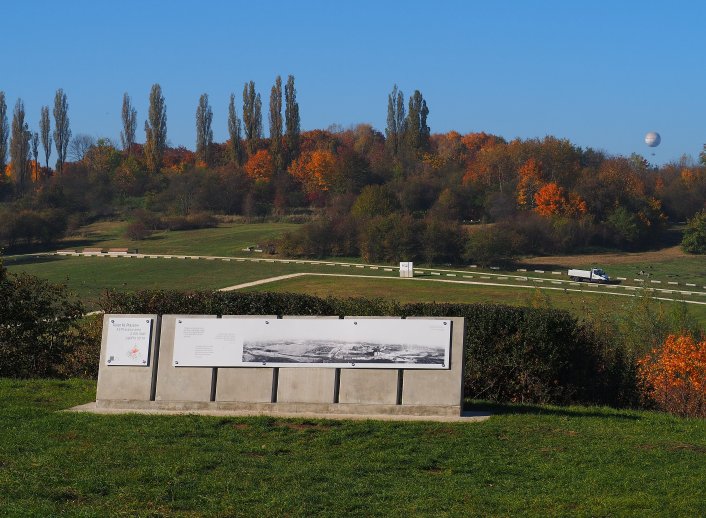

“KL Plaszow. A Site After, A Site Without”
Date: available around the clock Price: free entry
In 2023. The KL Plaszow Museum carried out a commemoration in the area of the KL Plaszow Memorial Site. As part of the work, the boundaries of two Jewish cemeteries were marked, the historic camp roads were made clear, and the roll call square was surrounded by a gravel strip. Access to the higher areas is provided by three flights of field stairs. At the seven main entrances to the KL Plaszow memorial site, there are boards with regulations specifying the rules applicable on the museum grounds. The exhibition “KL Plaszow. A Site After, A Site Without” along with complementary field points and archaeological windows provide visitors with a historical commentary. There are also seven monuments at the memorial site that are part of the commemoration of KL Plaszow.
From March 2024, a new outdoor exhibition “KL Plaszow. A Site After, A Site Without” is ready for viewing at the museum grounds.
The exhibition consists of 14 media with materials in Polish, English and Hebrew. The content present in the exhibition is supplemented by 41 field points and 3 archaeological windows.
It takes approximately 60 minutes to walk the tour route laid out by the exhibition.
The exhibition consists of 14 media with materials in Polish, English and Hebrew. The content present in the exhibition is supplemented by 41 field points and 3 archaeological windows.
It takes approximately 60 minutes to walk the tour route laid out by the exhibition.

The exhibition presents the history of the German Nazi Labour and Concentration Camp (1943-1945).
The exhibition boards placed in the most important locations in the post-camp area form a story about the history of the former camp.
The exhibition boards placed in the most important locations in the post-camp area form a story about the history of the former camp.
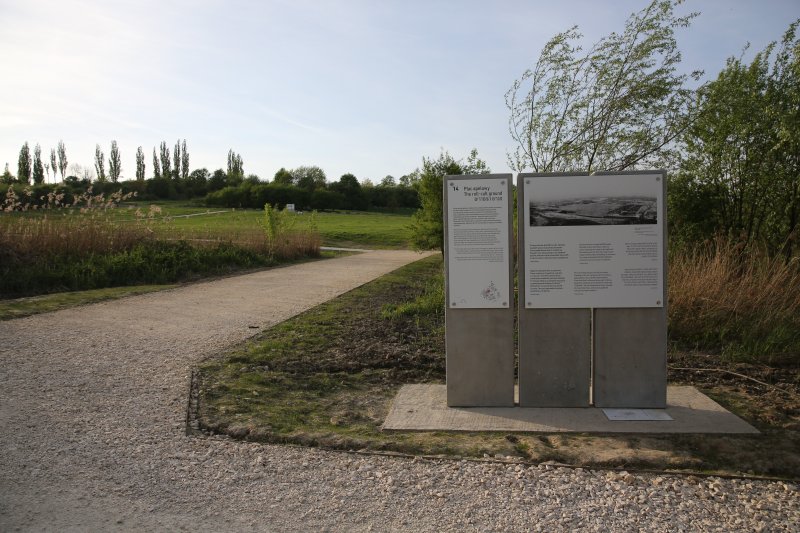
The boards that make up the exhibition show a historical aerial photograph from 1944, the hospital and economic areas, the women's barracks and Kinderheim, the Jewish cemeteries, execution sites and mass graves, the area of the educational work camp for Poles, the roll-call square, the quarry and the industrial area of the camp. Above the quarry near the Grey House is a plaque with a panorama composed of historical photographs showing the residential and administrative area of the camp in 1944.
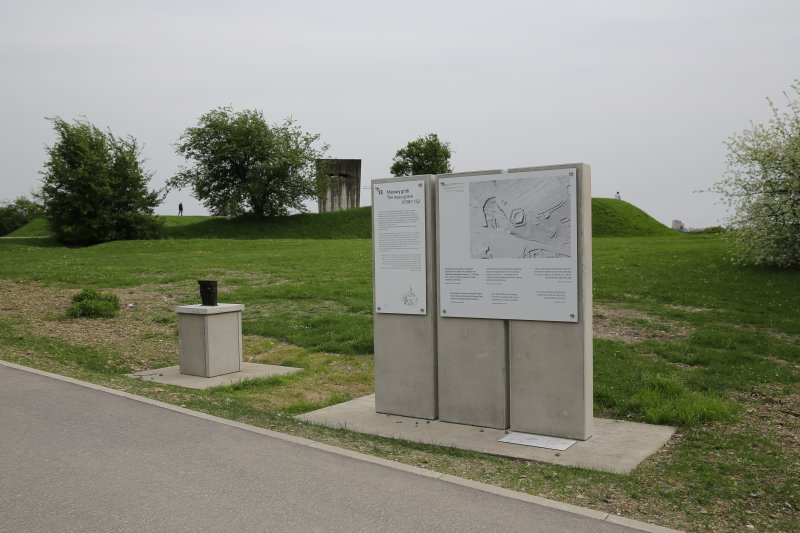
The exhibition is based on historical materials: testimonies of former prisoners and photographs taken during the operation of KL Plaszow. These materials are supplemented by a historical commentary and two maps. The first identifies the location of the area to which the description refers, the second the place where the visitor is currently located in the post-camp area.
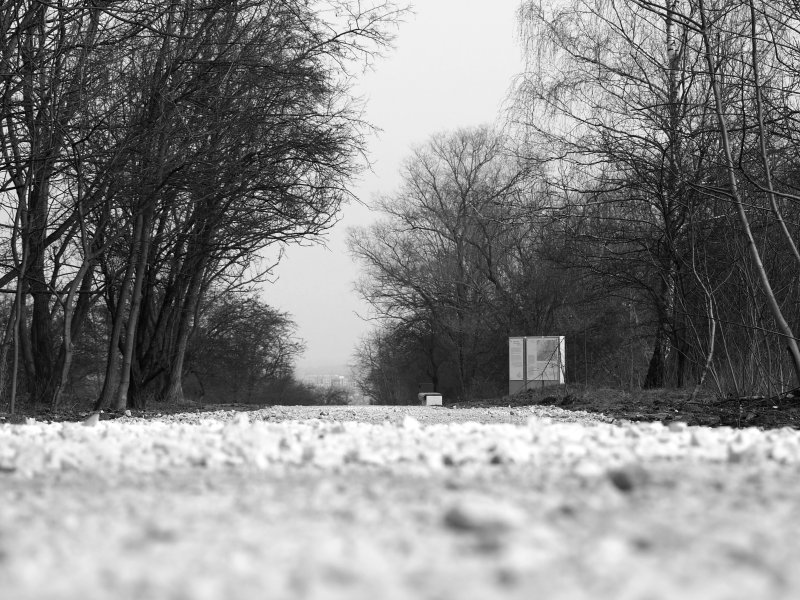
In future years, the content present in the field will be enriched by information available via audio guides.
The 41 field points are located in the vicinity of the preserved relics of camp architecture. They make it possible to locate buildings and objects relevant to the history of KL Plaszow in the post-camp space. In addition, 3 archaeological windows show that traces of the history of the memorial site are still present under the turf surface, such as a fragment of the camp sewage system, the wall of a bakery and a path made of fragments of Jewish tombstones from the cemeteries where the camp was established.
The exhibition is open 24 hours a day and use is free of charge.
The exhibition is open 24 hours a day and use is free of charge.
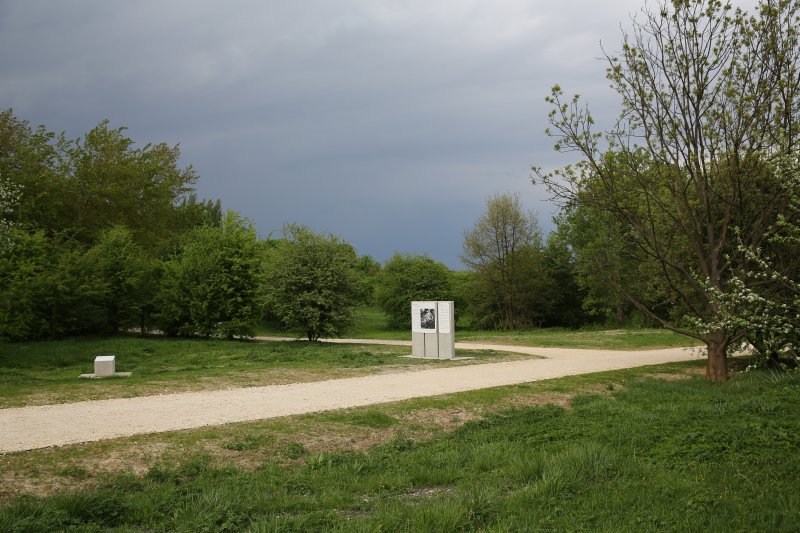
Map of exhibition (for download)
The exhibition “KL Plaszow. A Site After, a Site Without”
Outdoor section
Curators: Monika Bednarek, Kamil Karski, Marta Śmietana
Scenario: Kraków Museum; scenario-creating team consisting of: Monika Bednarek, Marta Śmietana, Kamil Karski, Katarzyna Kocik, Ryszard Kotarba, Beata Łabno, Tomasz Owoc, Karolina Ożóg, Roma Sendyka, co-author: Robert Kulig
Detailed scenario: Monika Bednarek, Marta Śmietana, Kamil Karski
Supervision and cooperation: Rabbinic Committee on Cemeteries at the Chief Rabbi of Poland, DEng. Sebastian Różycki
Art design and visual information system: Koza Nostra Studio Sp. z o.o., Leniva Studio
Design of accompanying prints: Paweł Krzywda, Jan Mońka, Jarosław Bereta
Editor and proofreader: Anna Kandzior-Zug
Translation: SIGILLUM NOVUM, consultation: Orit Margaliot, Jerzy Giebułtowski
Building and detailed designs: GPP Grupa Projektowa sp. z o.o.
General contractor: Re-Bau sp. z o. o.
Design/project coordination: Ewa Piasecka (KL Plaszow Museum), cooperation: Dariusz Pasek (Kraków Municipal Project Management)
Investor’s supervision inspectors: GRI – Generalny Realizator Procesu Inwestycyjnego Sp. z o. o.
Educational programme: Anita Faber, Justyna Sagan-Morawska
Promotion and communication: Ludmiła Maruszewska, Paulina Nortowska, Jacek Stawiski
Financial supervision: Anna Janecka
Printed and mounted by: Mediamix Sp. zo.o., Omnigraf Sp. z o.o.
Curators: Monika Bednarek, Kamil Karski, Marta Śmietana
Scenario: Kraków Museum; scenario-creating team consisting of: Monika Bednarek, Marta Śmietana, Kamil Karski, Katarzyna Kocik, Ryszard Kotarba, Beata Łabno, Tomasz Owoc, Karolina Ożóg, Roma Sendyka, co-author: Robert Kulig
Detailed scenario: Monika Bednarek, Marta Śmietana, Kamil Karski
Supervision and cooperation: Rabbinic Committee on Cemeteries at the Chief Rabbi of Poland, DEng. Sebastian Różycki
Art design and visual information system: Koza Nostra Studio Sp. z o.o., Leniva Studio
Design of accompanying prints: Paweł Krzywda, Jan Mońka, Jarosław Bereta
Editor and proofreader: Anna Kandzior-Zug
Translation: SIGILLUM NOVUM, consultation: Orit Margaliot, Jerzy Giebułtowski
Building and detailed designs: GPP Grupa Projektowa sp. z o.o.
General contractor: Re-Bau sp. z o. o.
Design/project coordination: Ewa Piasecka (KL Plaszow Museum), cooperation: Dariusz Pasek (Kraków Municipal Project Management)
Investor’s supervision inspectors: GRI – Generalny Realizator Procesu Inwestycyjnego Sp. z o. o.
Educational programme: Anita Faber, Justyna Sagan-Morawska
Promotion and communication: Ludmiła Maruszewska, Paulina Nortowska, Jacek Stawiski
Financial supervision: Anna Janecka
Printed and mounted by: Mediamix Sp. zo.o., Omnigraf Sp. z o.o.
